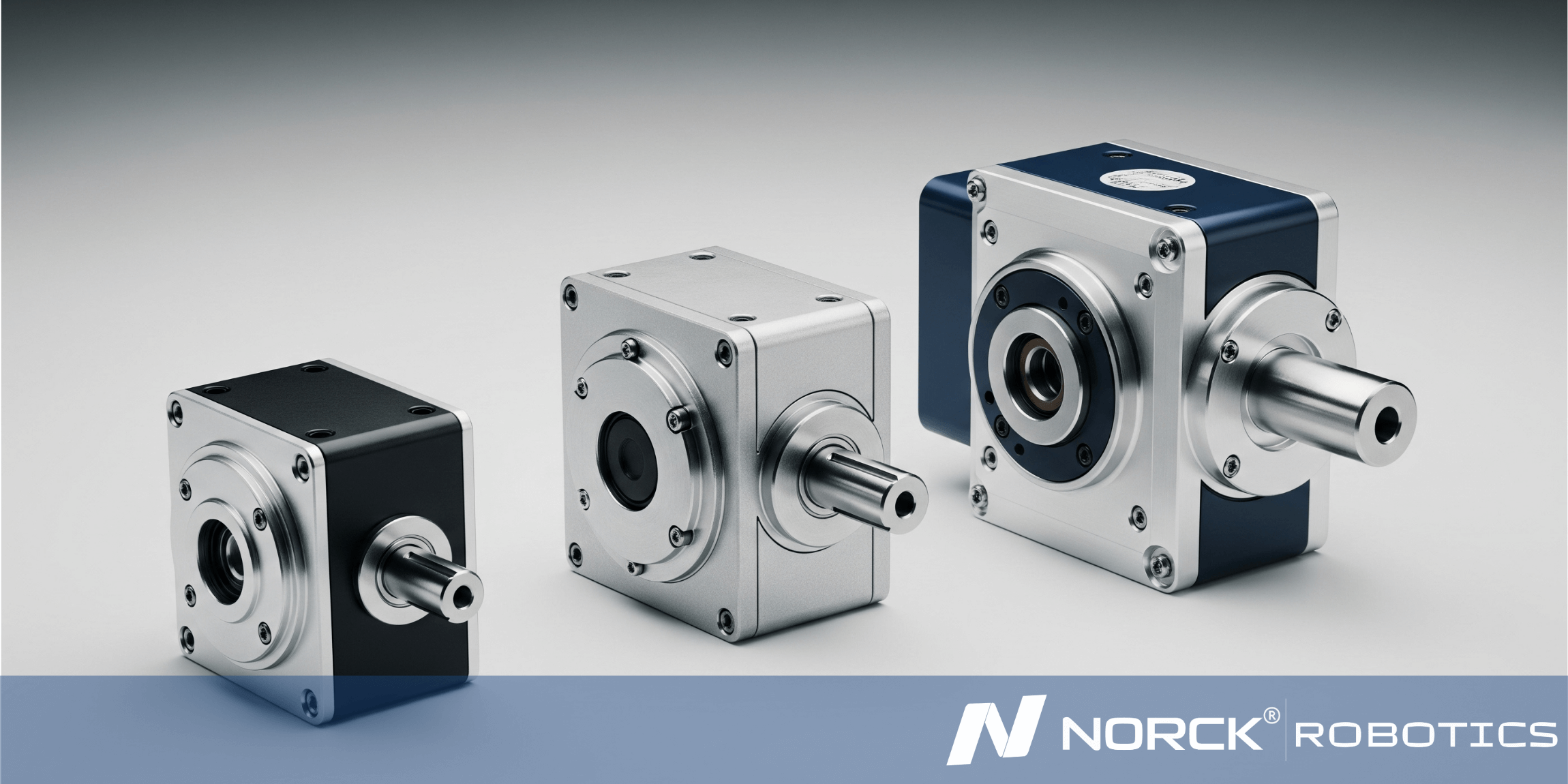
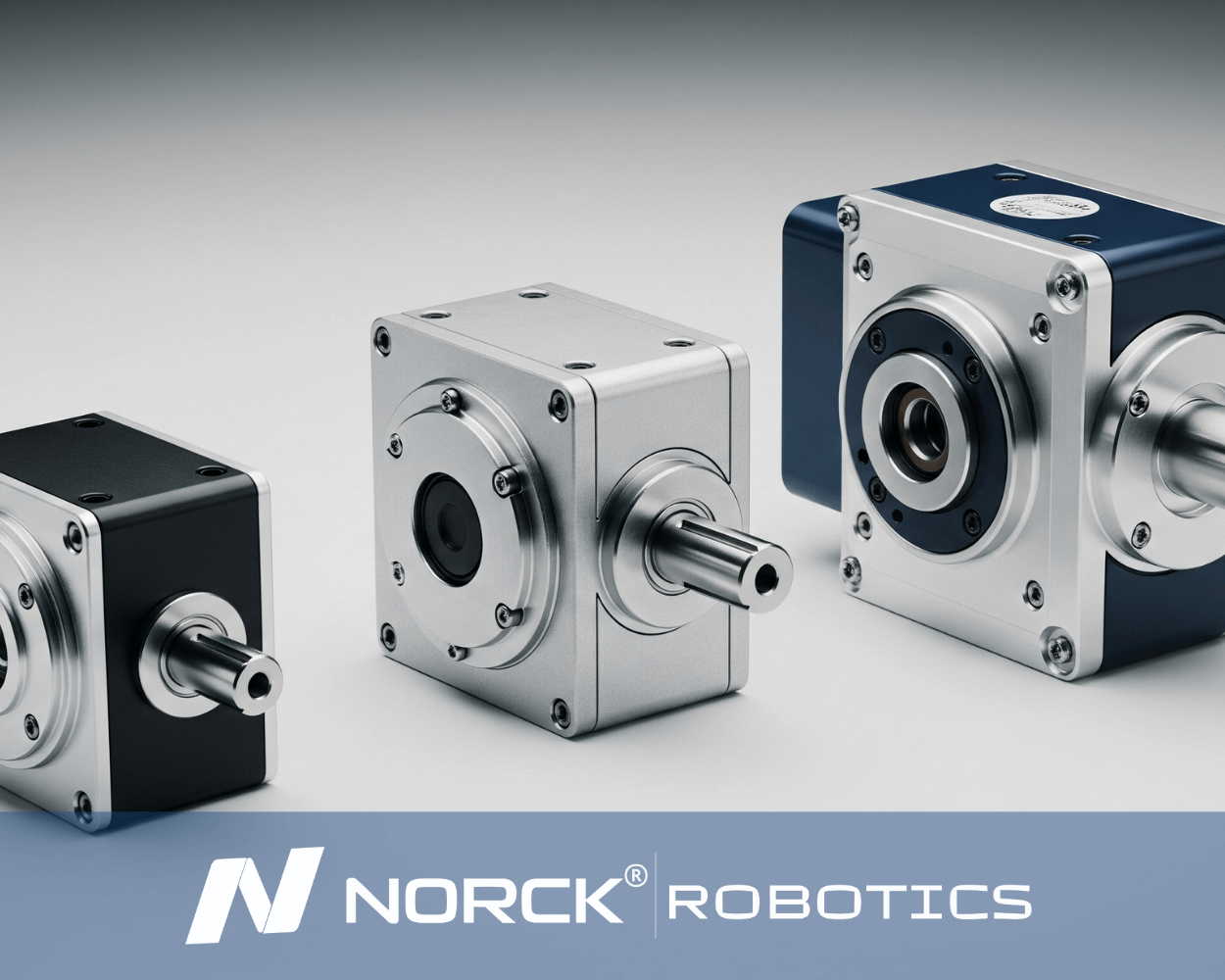
Ready to automate your future? Get a quote from Norck Robotics now!
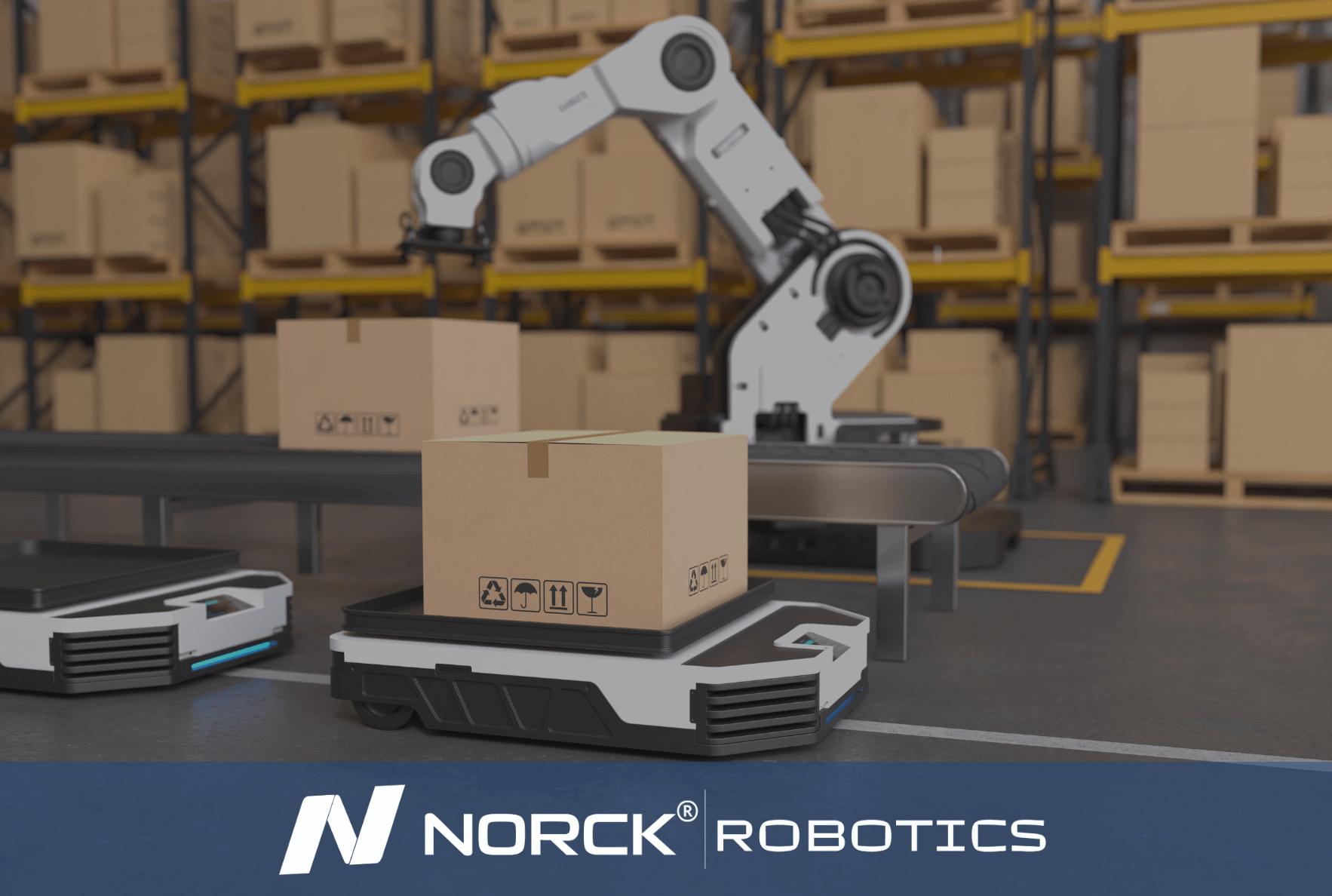
Norck Robotics specializes in providing unique robotic automation and engineering solutions designed to meet the specific operational needs of each client. Our expertise covers a wide range of industries and applications.
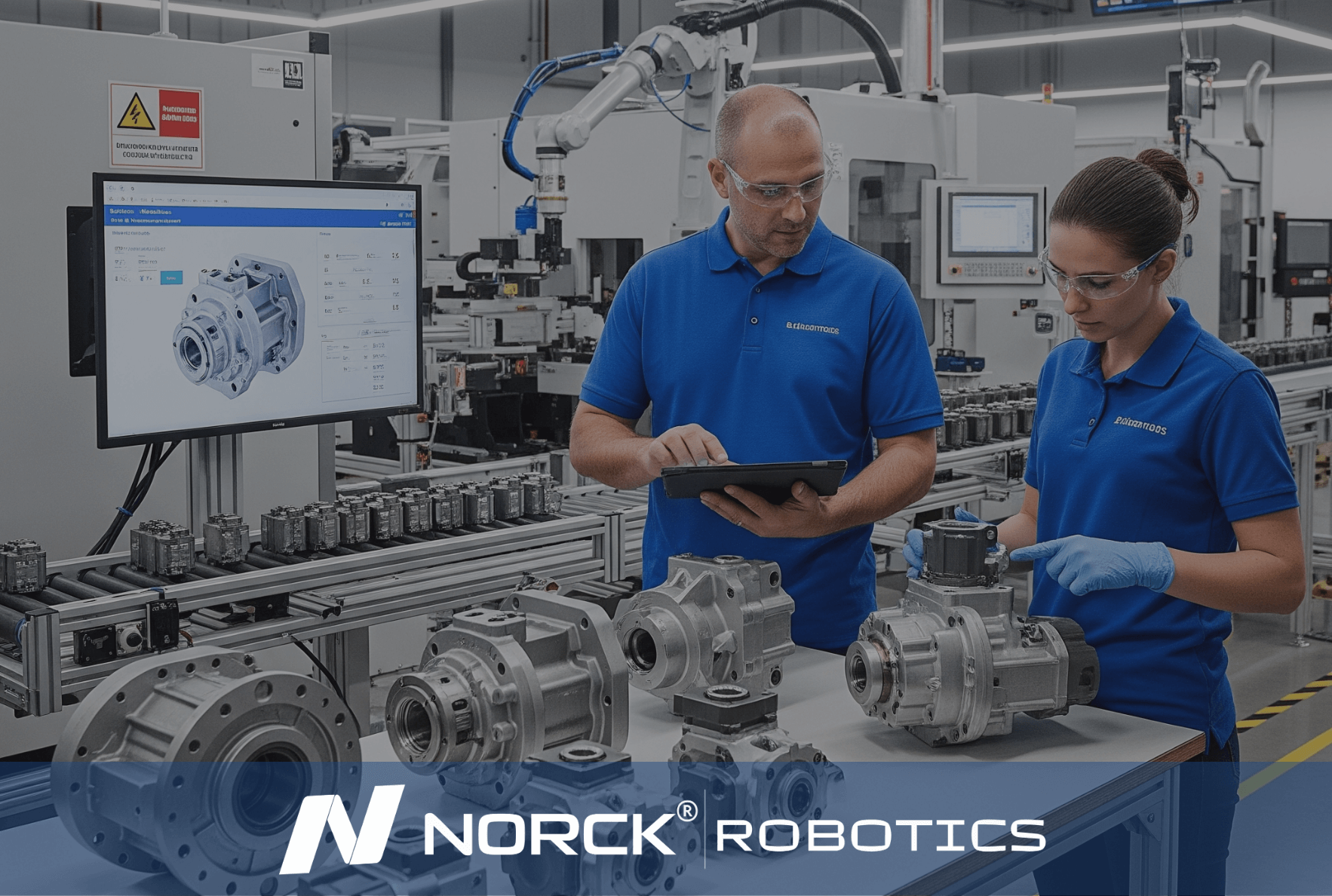
Norck Robotics delivers turnkey robotic automation and engineering solutions tailored to your specific needs across various industries.

Whether you need a single robotic cell prototype or full-scale factory automation, Norck Robotics engineers are ready to collaborate with you to bring your concept to life.

Norck Robotics engineers analyze your existing processes to provide feedback that enhances efficiency, cost-effectiveness, and productivity for robotic integration.
Magnetostriction is defined as that physical phenomenon in which certain materials undergo changes from one shape or dimension to another as they come into the magnetic field. The reason that it happens is that the magnetic domains realign within the material so it gets elongated or contracted under the effect of magnetism. It is a fundamental principle of all precision sensor use.
Magnetostrictive Rotary Module is based on the quite similar method of effect used for very accurate and reliable measurement of rotational positions. The module usually has a magnetostrictive sensor and a position magnet. As the shaft rotates, the magnet will move along a predetermined path. The sensor detects the position of the magnetic field and converts it into an electrical signal, which corresponds to the angular position.
Sensing by this method is a non-contact procedure that results in minimum wear, ensures very long life, and delivers a very good performance under demanding conditions. The Magnetostrictive Rotary Module is widely used in industrial automation, robotics, and machines where an accurate angle measurement is required.
The most important of these advantages become more pronounced in extreme or rigorous industrial environments. Straightforward magnetic or photonic principles replace contact with traditional sensors: contactless systems detect position and minimize mechanical wear; hence, they prolong the lifespan of the equipment.
A magnetostrictive rotary module is contactless feedback that allows accurate and reliable position sensing without the actual movement of a part. Such a feature is useful in environments that experience dust, moisture, vibration, temperature changes, or chemicals, which are unfavorable for conventional sensors that only last longer than a few months.
Major advantages are
Thus, the rack and pinion system creates non-evolved and more safe linear motion ground on the working of the turning of gear into a straight bar.
With the introduction of Magnetostrictive Rotary Module, manufacturers and engineers will have improved assurance of performance consistency at less downtime and lower equipment life in critical application settings because of contactless feedback.

In addition to its own expert engineering team, Norck Robotics provides access to a network of hundreds of top-tier system integrators, robot manufacturers, and component suppliers across the United States, Germany, and Europe.

Working with Norck Robotics reduces dependency on manual labor, increases production consistency, and secures your operations against unforeseen disruptions, quality issues, and fluctuations. This enhances your company's supply chain resilience.
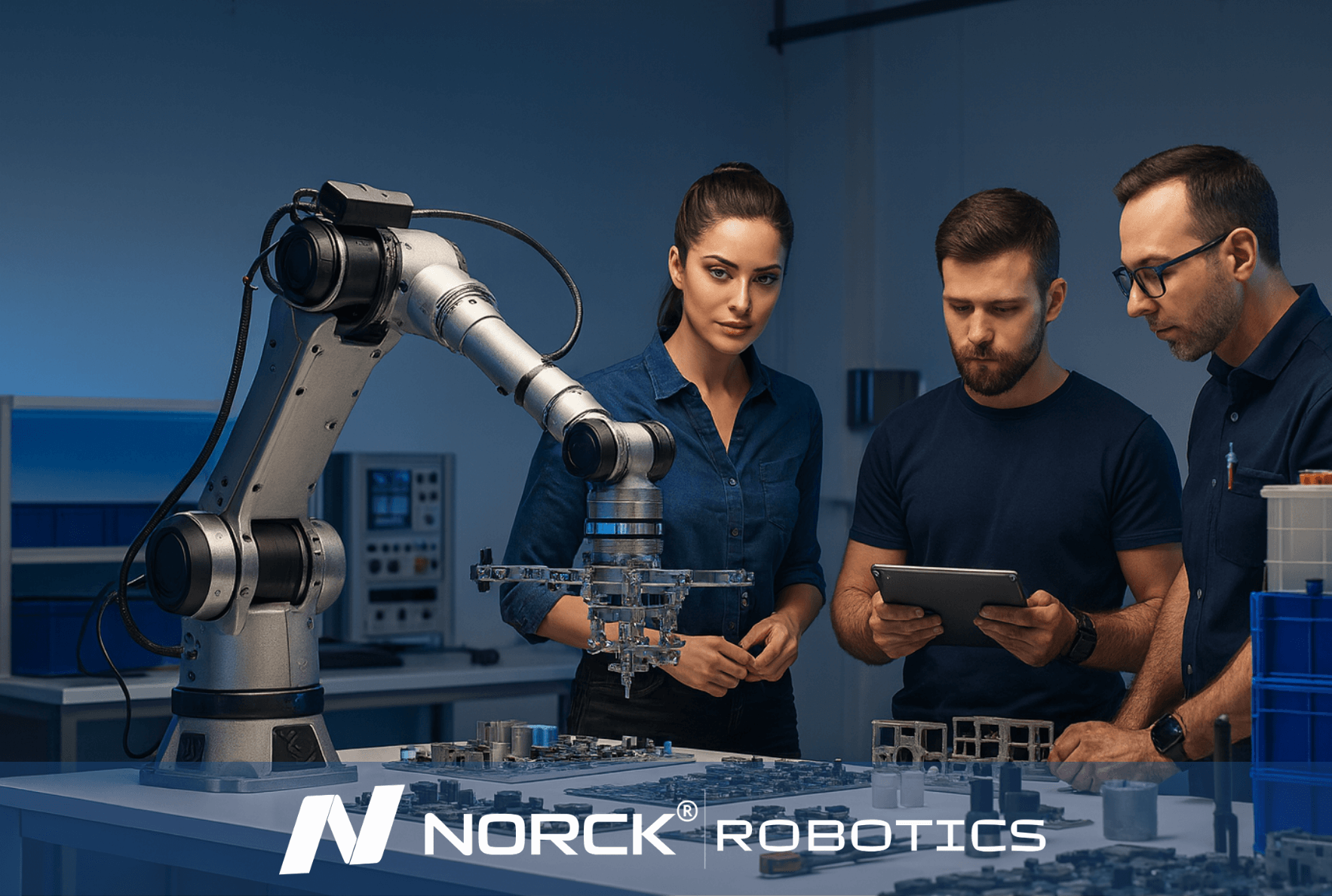
Norck Robotics advances digital automation by developing custom-designed robot grippers, advanced vision systems, and innovative simulation software. With an AI-driven, data-centric approach, it enables smarter system design, optimal performance, and predictive maintenance solutions.
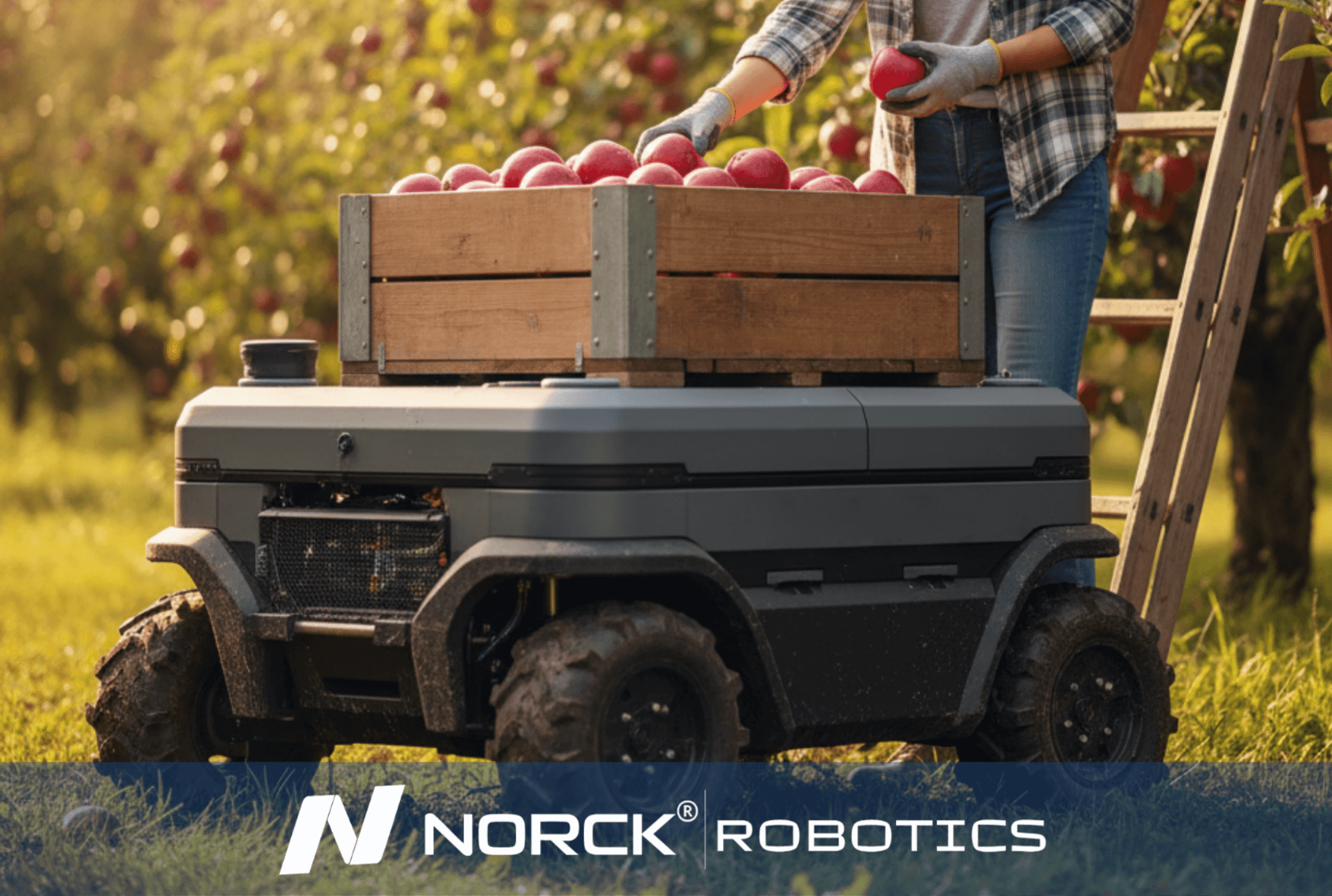
Norck Robotics encourages its partners to be carbon-neutral by reducing energy consumption and material waste through the efficiency of robotic automation, and prioritizes environmentally conscious suppliers.
A magnetostrictive rotary module is contactless feedback that allows accurate and reliable position sensing without the actual movement of a part. Such a feature is useful in environments that experience dust, moisture, vibration, temperature changes, or chemicals, which are unfavorable for conventional sensors that only last longer than a few months.
Performance comparisons:
Accuracy and resolution
As a rule, optical encoders tend to have better resolution than other types of encoders, and this primarily occurs in applications of a digital character. Nevertheless, Magnetostrictive Rotary Modules assure very high accuracies, despite the fact that, to some extent or other, actual contact leads to less wear or to significant long-term drift.
Durability and maintenance
No moving parts exist in magnetostrictive sensors, and there is no direct contact between the sensing elements. In a rugged industrial environment, this is an advantage over encoders which can be prone to dust and mechanical wear and resolvers which may require recalibration.
Despite the fact that resolvers have been given such a reputation, the magnetic area modules will stand their own ground on that issue, having excellent performance in dirty, wet, or very high vibration environments.
Magnetostrictive rotary modules give both kinds of output, namely, analog and digital, thus providing a plain but smooth integration into modern control systems. Although encoders have better protocol options (like SSI, BiSS etc.), magnetostrictive module is preferred when reliability and easy interfacing take precedence over ultrahigh-speed feedback.
Magnetostrictive Rotary Modules are favored in industrial automation, robotics, and machinery applications where contactless sensing, ruggedness, and long-term reliability mean the most. They perform well in harsh environments and require little maintenance, making them an intelligent investment for demanding rotary position sensing applications. While encoders might be preferred for applications where very high resolution is essential, and resolvers are undoubtedly better in military or aerospace applications, magnetostrictive rotary modules will find their place in industrial automation, robotics, and machinery.